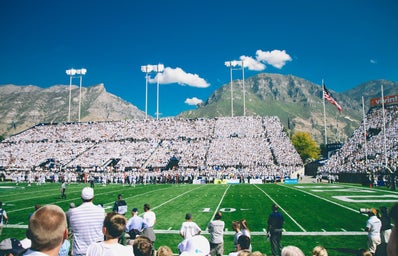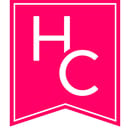In the wake of the first round of the US travel ban, women wearing hijabs have been featured on the runways of New York Fashion Week, and now as the face of the campaign to launch Nike’s “Pro Hijab”. While it is set to release in 2018, the announcement has already set tongues wagging, both for and against the new line.
For some, namely the athletes such as figure skater Zahra Lari, who took part in the campaign and are featured wearing the new athletic hijab, the high-profile addition to the world of “modest activewear” is a step in the right direction. As weightlifter Amna Al Haddad put it, “It basically feels like you’re not wearing anything, but at the same time, you’re actually still covered, and you’re able to respect your faith and still do sports the way you like.”
While Nike is not the first company to sell a performance hijab— Botswana-based Friniggi and Netherlands-based Capsters have both been in the market for making them for quite some time – it is certainly the one with the most international reach. Exposure via this campaign is helping to catapult the recognizance of these athletes and of wearing religious headgear in sports in general. As triathlete Shirin Gerami explains, “The thing that Nike brings is huge marketing that the smaller companies already tackling this problem don’t have.” And in these often tense times, there is hope from supporters who believe that this will help increase understanding of the Muslim community while boosting the participation of other Muslim girls and women – with or without the hijab – in professional athletics.
With all the controversy surrounding the rights to wear religious attire in general (recall France’s 2016 infamous “Burkini Ban”) the company is facing backlash from both consumers and hijab-wearing athletes alike. The outcry from the latter stems from the timing of it all. As Rahaff Khatib, an American marathoner puts it, “Some of my friends are angry, because they feel like Nike is trying to capitalize on this demographic and the political atmosphere. They feel like it’s really cool right now to have advertising about equality and diversity. Part of me thinks they’re just trying to cash in.”
Comments like these have prompted Haddad to take to her Instagram platform to address the issue head on, with the following post from her instagram account:
With the Nike Pro Hijab Launch, I do realize there is a lot of mixed reactions as to why Nike decided to create such a product “now.” From my perspective as a former athlete who competed in Hijab, in the past, the big brands didn’t see the need or market for it as it was not “popular” and it was unheard of to see women train, exercise and compete in hijab. It is a recent phenomenon where more women have expressed a need for it and more professional athletes have fought for rights to compete with a headscarf, and have an equal playing field. We made it big in the news, we couldn’t be ignored. As Muslim women, we have been vocal in the media about it – personally since 2011 – the big guys can’t help but notice us “the underdogs” and our impact in the sports industry and world. They know that we are here to stay and decided to join the party and create another “competitive” sport hijab in the market, which by the way, did exist in the market for few years now. As an innovative company, they will create products and they will meet market needs – whatever they may be. It is not dismissing any other hard work done in the past to develop sports hijabs, it’s just there is more competition in the market for modest clothing now. I support Muslim women with or without hijab, and how they dress is their choice. And with the Nike Sports Hijab, it surely will encourage a new generation of athletes to pursue sports professionally, and without us athletes who fought for this right and made it happen, Nike wouldn’t “just do it.” Ps. This is purely my opinion on the matter, not paid for or asked to be written. Much Love, -Amna
Either way, Nike has potentially helped to increase the competitiveness in the athletic hijab market, allowing for budding and established athletes to not have to forgo faith for performance, and vice versa. As Khatib puts it, “I want to walk into a store and find selection of athletic hijabs in front of me, to have the option of trying them on, instead of just buying them online.” But we will have to wait and see if other major sports merchandisers, as well as athletic associations – FIFA, the soccer association, lifted their ban on “religious headgear” in 2014, and the Olympics featured many hijab-wearing competitors, while FIBA, the basketball association, has put off reviewing their group’s clause regarding this issue until later this year – will follow suit, helping to break down barriers and push a new generation to strive for gold.


